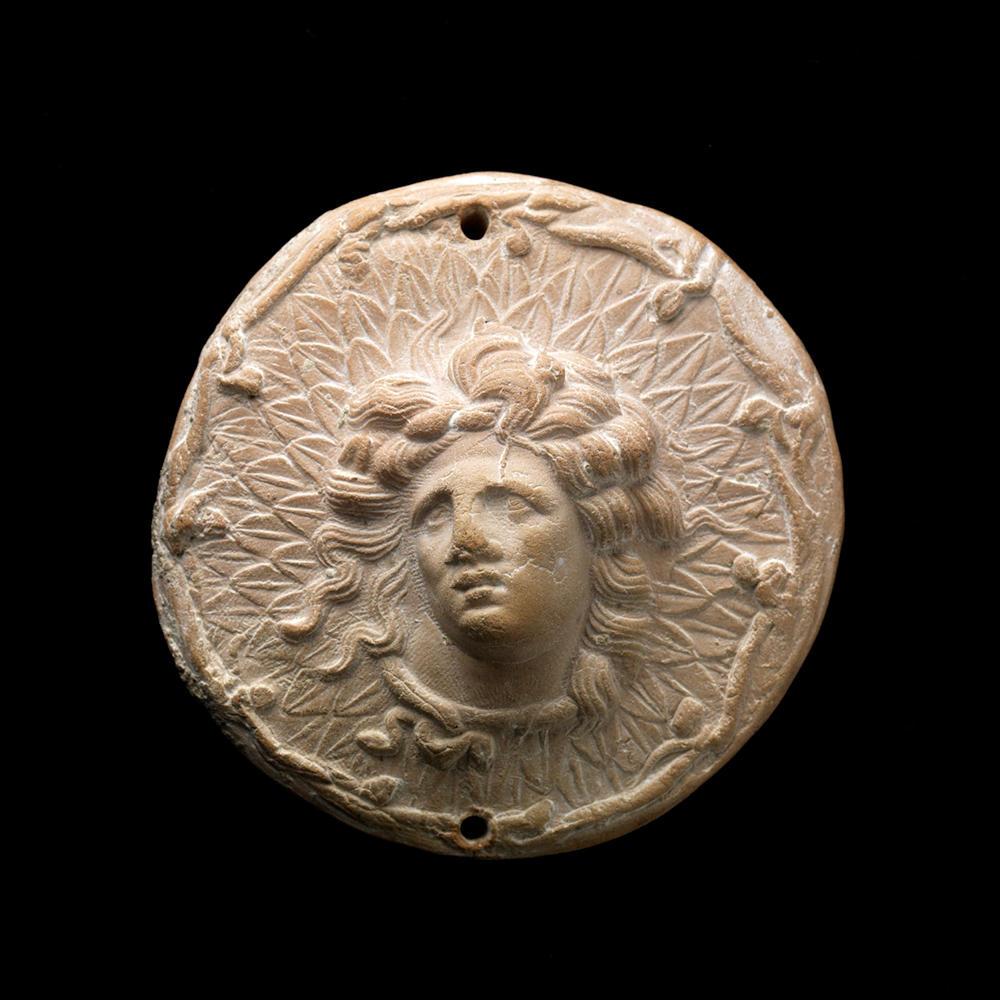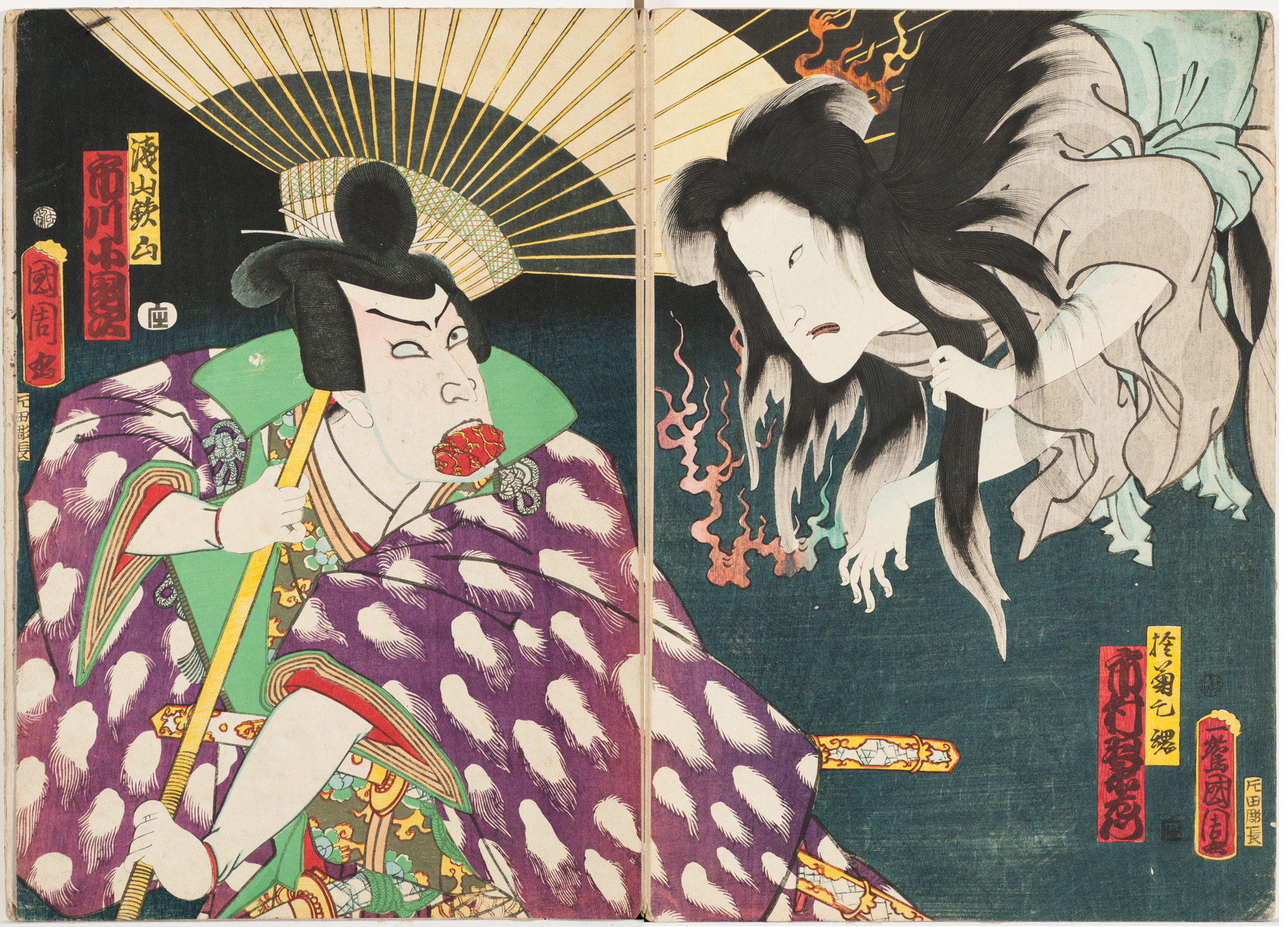- Art Home
- Exhibitions
-
Explore the Collection
- Explore the Collection Home
- African Art
- American Paintings, Sculpture and Drawings
- Contemporary
- Decorative Arts and Design
- East Asian Art
- European Paintings, Sculpture and Drawings
- Fashion Arts and Textiles
- Musical Instruments
- Indigenous American Art
- Photography
- Prints
- South Asian Art, Islamic Art and Antiquities
- Conservation
- Meet the Curators
- Digital Resources
- Events & Programs Home
- Calendar
- Accessibility
- Adults
-
Families & Teens
- Families & Teens Home
- 10x10 Teen Art Expo
- Art on the Rise
- Art Together: Art Making for Families with Children Ages 3–5
- Baby Tours
- Boy Scouts / Girl Scouts
- CAM Kids Day
- Choose Your Own Gallery Adventure
- Family Storytime and Gallery Walk
- Family Studio: Art Making for Families with Children Ages 6–12
- REC Reads
- Rosenthal Education Center (REC)
- See Play Learn Kits
- Summer Camp
- Teachers
- Community Outreach
- Fundraisers
- Plan Your Own Event

- Art Home
- Exhibitions
-
Explore the Collection
- Explore the Collection Home
- African Art
- American Paintings, Sculpture and Drawings
- Contemporary
- Decorative Arts and Design
- East Asian Art
- European Paintings, Sculpture and Drawings
- Fashion Arts and Textiles
- Musical Instruments
- Indigenous American Art
- Photography
- Prints
- South Asian Art, Islamic Art and Antiquities
- Conservation
- Meet the Curators
- Digital Resources
- Events & Programs Home
- Calendar
- Accessibility
- Adults
-
Families & Teens
- Families & Teens Home
- 10x10 Teen Art Expo
- Art on the Rise
- Art Together: Art Making for Families with Children Ages 3–5
- Baby Tours
- Boy Scouts / Girl Scouts
- CAM Kids Day
- Choose Your Own Gallery Adventure
- Family Storytime and Gallery Walk
- Family Studio: Art Making for Families with Children Ages 6–12
- REC Reads
- Rosenthal Education Center (REC)
- See Play Learn Kits
- Summer Camp
- Teachers
- Community Outreach
- Fundraisers
- Plan Your Own Event
Blog
Blog
- Home
- Plan Your Visit
-
Art
- Art Home
- Exhibitions
-
Explore the Collection
- Explore the Collection Home
- African Art
- American Paintings, Sculpture and Drawings
- Contemporary
- Decorative Arts and Design
- East Asian Art
- European Paintings, Sculpture and Drawings
- Fashion Arts and Textiles
- Musical Instruments
- Indigenous American Art
- Photography
- Prints
- South Asian Art, Islamic Art and Antiquities
- Conservation
- Meet the Curators
- Digital Resources
-
Events & Programs
- Events & Programs Home
- Calendar
- Accessibility
- Adults
-
Families & Teens
- Families & Teens Home
- 10x10 Teen Art Expo
- Art on the Rise
- Art Together: Art Making for Families with Children Ages 3–5
- Baby Tours
- Boy Scouts / Girl Scouts
- CAM Kids Day
- Choose Your Own Gallery Adventure
- Family Storytime and Gallery Walk
- Family Studio: Art Making for Families with Children Ages 6–12
- REC Reads
- Rosenthal Education Center (REC)
- See Play Learn Kits
- Summer Camp
- Teachers
- Community Outreach
- Fundraisers
- Plan Your Own Event
- Give & Join
- About
- Tickets
- Calendar
- Exhibitions
- Blog
- Shop
A Killer Look: Miniature Votive Shield with Head of Alexander the Great as Gorgoneion
by Rose Milnes, Curatorial Assistant for South Asian Art, Islamic Art, and Antiquities
10/11/2023
Alexander the Great , gorgon , gorgoneion , Greek art , Ancient Mediterranean , Staff , CAM favorites , Curatorial Blog
As the new Curatorial Assistant for South Asian Art, Islamic Art, and Antiquities, finding my favorite piece here at the museum is a serious task! The possibilities for finding “the one” are endless.
The recently conserved Jain Shrine in the Anu and Shekhar Gallery (G146), for example, is a great option. Any object in the Ancient Middle East Gallery could work, too—stepping into the light-filled space took my breath away. I might have screamed—can’t remember. The Damascus Room is such an amazing part of the museum as well. Entering it for the first time reminded me of stepping into my aunt’s house in Casablanca, Morocco—right down to the gorgeous carved moldings, the detailed décor, and long, upholstered couches that line every wall. All I needed was some harira, and I could have stayed in that room forever.
After much deliberation, I decided to focus on a piece located in the Ancient Mediterranean World galleries (G101-102). In one case sits a small, unassuming object: the Miniature Votive Shield with Head of Alexander the Great as Gorgoneion.
Born in 356 BCE, Alexander the Great became King of Macedon at 18 years old following the assassination of his father, Phillip II. Taking up the mantle of ruler, Alexander expanded his father’s empire past the shores of Greece, into Egypt, Persia, and as far as India, until his untimely death in 323 BCE. Ever since, rulers of the ancient Mediterranean, including Julius Caesar, Cleopatra VII, and Pompey the Great emulated his expansion and rulership.
This votive shield, produced between 299–200 BCE in the century following Alexander’s death, displays many of the iconographic attributes associated with him: a faroff gaze, defined chin, and most recognizable, his wild, untamed hair framing his face. There is a small detail, however, that changes the meaning of this votive: the snakes encircling Alexander’s neck. With the addition of the entwined snakes, this disc becomes more than just a simple portrait of Alexander the Great.
Called a gorgoneion (after the mythological gorgons who had snakes for hair), this amulet bears a striking resemblance to a more famous shield, called the aegis. Worn by either Athena or Zeus, the aegis warded off the Greek gods’ enemies because the face affixed upon the shield, the face of a gorgon, was meant to terrify anyone who beheld it.
Alexander the Great’s portrait used as a gorgoneion makes this piece even more incredible and thought-provoking. As a votive shield, this small, snake-infested portrait of Alexander served much the same purpose as Athena’s own mythical shield—a means to ward off evil. Athena’s shield, however, bears the visage of the horrifying gorgon, while this votive depicts the youth who conquered much of the Mediterranean in the 4th century BCE. Understanding the similarities between Athena’s shield and CAM’s votive shield, then, begs a question: What it is about Alexander that makes him so terrifying?

Miniature Votive Shield with Head of Alexander the Great as Gorgoneion, 3rd century BCE, Greece, moldmade terracotta, Cincinnati Art Museum, Museum Purchase: Lawrence Archer Wachs Fund, 2007.66

Gorgoneion on the Tondo of an Ancient Greek Attic Black-Figure Cup, 6th century BCE, Cabinet des Médailles de la Bibliothèque Nationale de France, Paris, France
Related Blog Posts


Cincinnati, OH 45202
Toll Free: 1 (877) 472-4226
Museum Hours
Museum Shop
Terrace Café
Library
The Cincinnati Art Museum is supported by the generosity of tens of thousands of contributors to the ArtsWave Community Campaign, the region's primary source for arts funding.

Free general admission to the Cincinnati Art Museum is made possible by a gift from the Rosenthal Family Foundation. Exhibition pricing may vary. Parking at the Cincinnati Art Museum is free.
Generous support for our extended Thursday hours is provided by Art Bridges Foundation’s Access for All program.

General operating support provided by:




